Pangolins are being "eaten to extinction" due to a demand for their meat at banquets in China and Vietnam and their scales for use in Chinese medicine, conservationists have warned.
In an update last week to the authoritative Red List of endangered animals, all eight species of the scaly anteaters were upgraded to threatened status.
Resembling a pine cone on legs, they are the world's only scaly mammal, using their scales for armour to protect against predators and their long, sticky tongues to catch prey.
According to experts at the Zoological Society of London, the demand for the animals in Asia has been so great that poachers are now turning to Africa, where four of the species are found. Conservationists say there is already evidence of an underground, intercontinental trade in pangolins between Africa and Asia.
More than a million are believed to have been illegally caught in the wild over the last decade globally, giving them the unenviable record of being the most illegally-traded mammal in the world.
Professor Jonathan Baillie, conservation programmes director at ZSL, said: “All eight pangolin species are now listed as threatened with extinction, largely because they are being illegally traded to China and Vietnam. In the 21st century we really should not be eating species to extinction – there is simply no excuse for allowing this illegal trade to continue.”
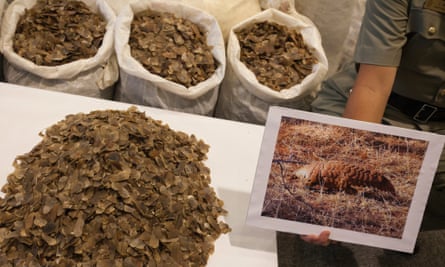
Over £4m needs to be spent to address the problem, according to the Pangolin Specialist Group at the International Union for the Conservation of Nature, which on Tuesday published an action plan on saving pangolins.
The plan says that cutting demand is the "single most important activity to address the decline in pangolins", and proposes a £1m campaign to raise awareness of the species' plight and £2m for a strategy to cut demand in China and Vietnam. It also calls for funding to support patrols at pangolin strongholds, and better understanding of their ecology.
The Chinese pangolin (Manis pentadactyla) and Sunda pangolin (Manis javanica) are now listed as critically endangered, the worst listing on the Red List before a species is declared extinct, with the Indian pangolin (Manis crassicaudata) and Philippine pangolin (Manis culionensis) upgraded to endangered.
The four African species, which were previously listed as "least concern" or "near threatened" are now all classed as the more serious "vulnerable" listing.
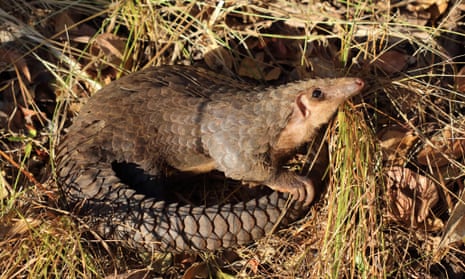
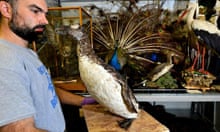
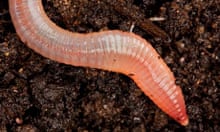





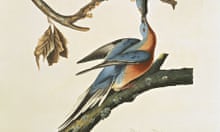
Comments (…)
Sign in or create your Guardian account to join the discussion